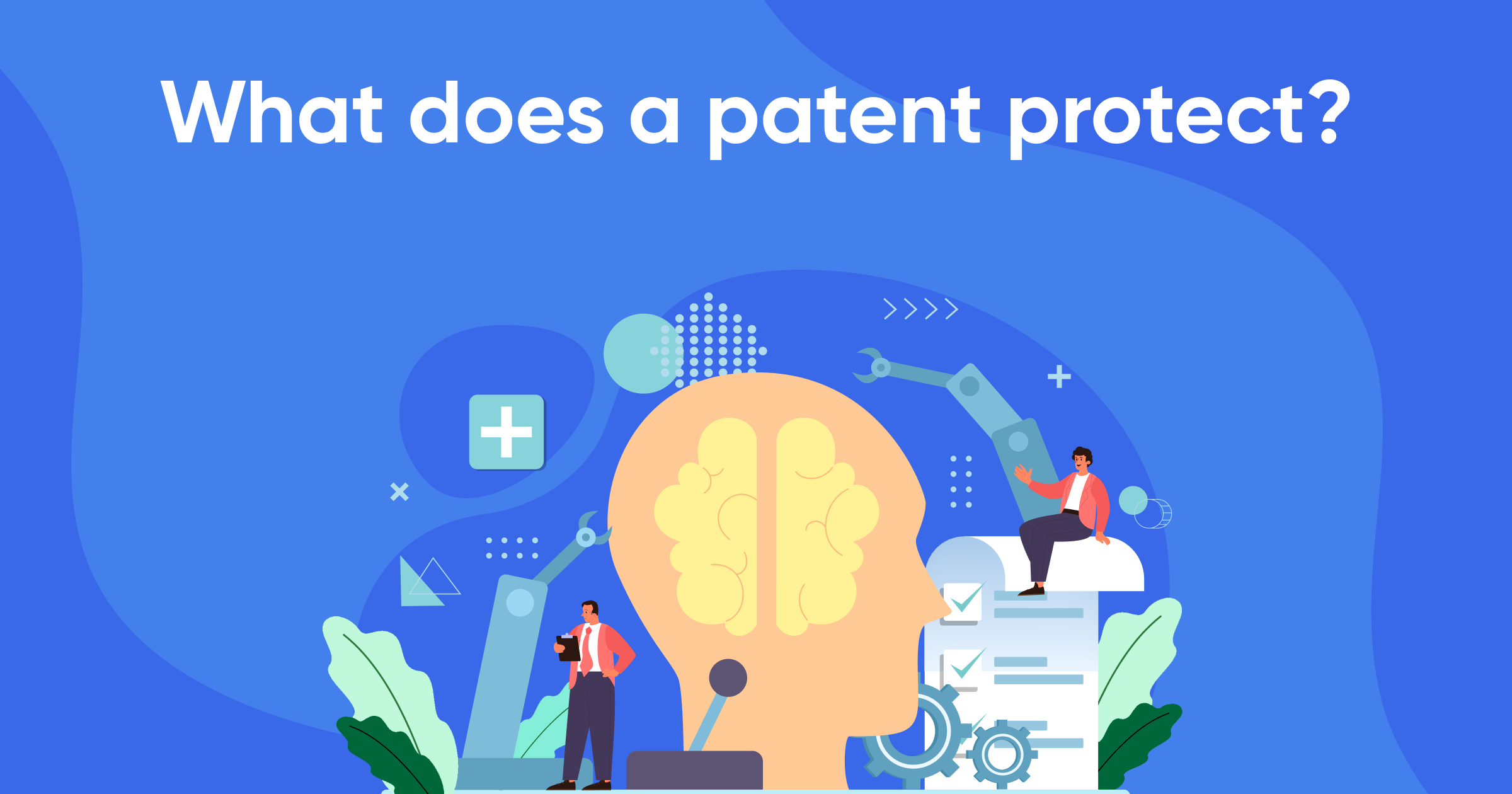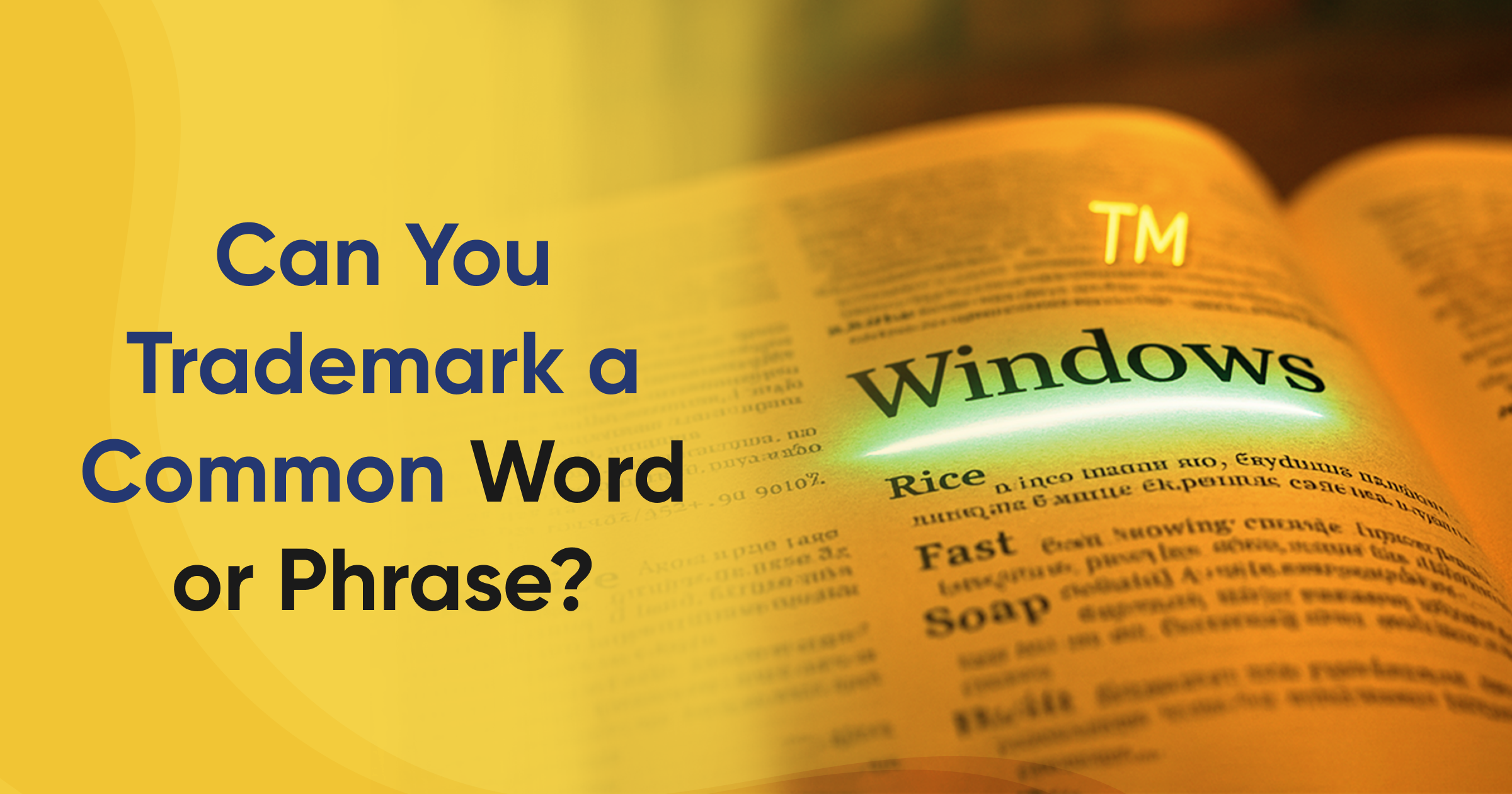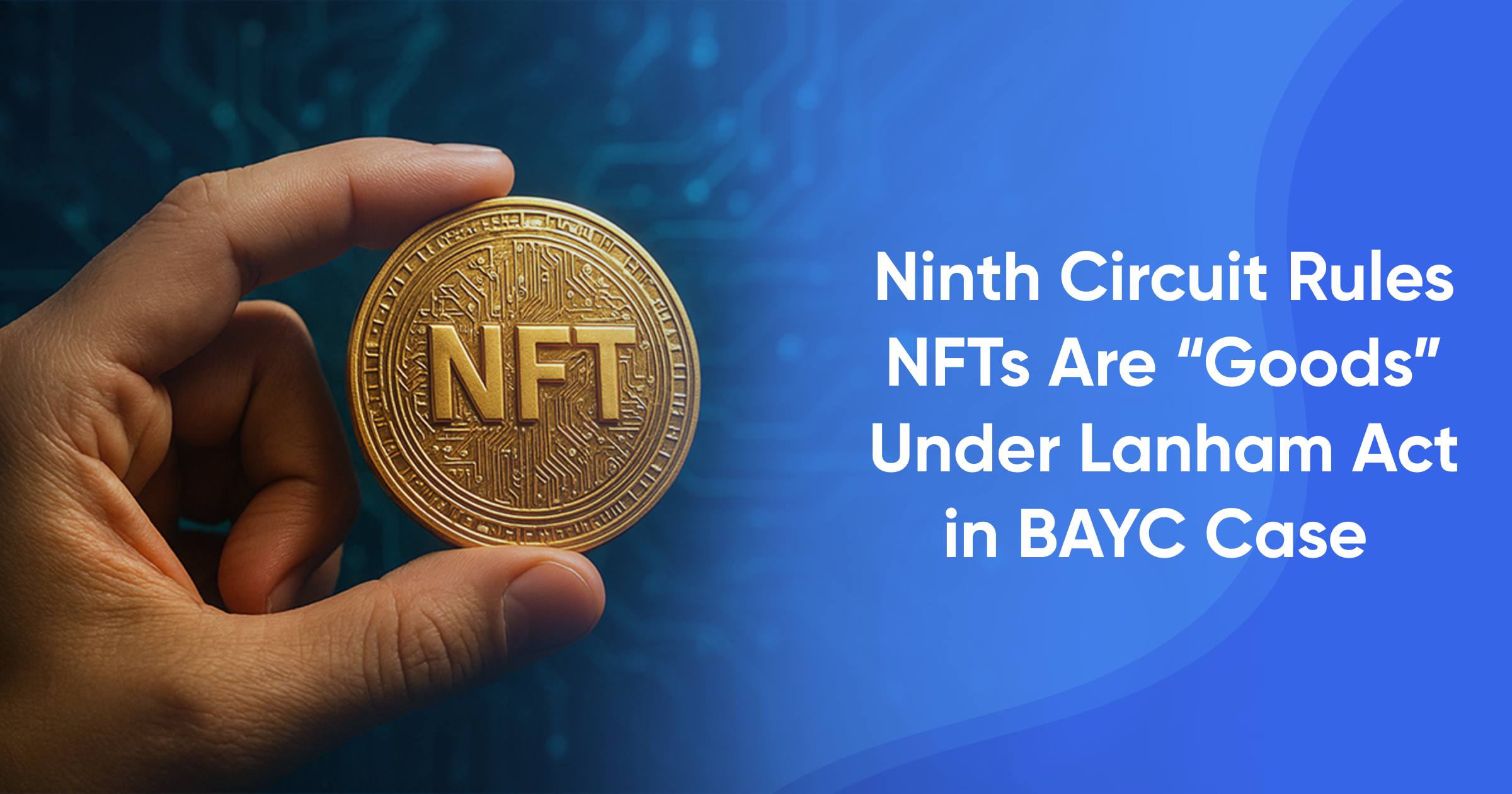What Does a Patent Protect?
In a world driven by innovation and technology, the importance of securing intellectual property has never been more crucial. A patent is one of the most valuable tools available to inventors, providing them with exclusive rights to their inventions. But what exactly does a patent protect, and how can Indian innovators benefit from patenting their ideas? This blog will explore the nuances of patent protection, the types of inventions it covers, and how it ensures the inventor’s hard work and creativity are safeguarded.
We will also discuss the patent process, common challenges, and how businesses and individuals can leverage patents for long-term growth. Finally, we'll look at how Trademarkia offers support throughout the patent journey, making it easier for innovators to secure their ideas and inventions.
What is a Patent?
A patent is a legal right granted to an inventor, providing them with the exclusive authority to produce, use, sell, or distribute their invention for a specific period—usually 20 years. Patents are essential for protecting inventions that offer a novel solution or a significant improvement over existing products or processes. In exchange for this exclusive right, the inventor must disclose details of the invention to the public, contributing to technological advancement.
The scope of a patent is defined by the claims mentioned in the application. This legal framework ensures that no other individual or company can manufacture or sell the patented invention without the inventor's consent during the patent term.
What Does a Patent Protect?
A patent protects new, useful, and non-obvious inventions across various categories. Here are the primary areas where patents play a crucial role:
1. Processes and Methods
Patents can cover innovative processes, methods, or techniques that bring new ways of solving problems. For example:
- A unique manufacturing method for producing eco-friendly packaging.
- A patented software algorithm that improves data encryption.
- Innovative agricultural methods designed to increase crop yields.
Patents ensure that the inventor has exclusive control over the application of the patented process, preventing competitors from copying their method without permission.
2. Machines and Devices
Innovative machines and devices are a significant part of the patent landscape. These include mechanical devices, electronic gadgets, or industrial machinery. For instance:
- A patented medical device designed for minimally invasive surgery.
- An energy-efficient engine with enhanced fuel consumption.
- A new type of home appliance with advanced features.
These patents protect the functional aspects of the machine, ensuring that competitors cannot manufacture or sell similar devices without licensing.
3. Articles of Manufacture
Patents can also cover manufactured products that offer innovative functions or designs. These are everyday items produced through industrial processes, such as:
- A self-cleaning water bottle.
- Modular furniture with unique assembly features.
- A biodegradable plastic alternative with improved durability.
Manufacturers benefit from patents by gaining market exclusivity and preventing competitors from replicating their innovations.
4. Compositions of Matter
Patents play a critical role in the pharmaceutical and chemical industries, where new compositions are frequently developed. This category includes:
- Patented pharmaceutical drugs for treating rare diseases.
- A new alloy with enhanced strength and corrosion resistance.
- Organic fertilizers with a unique nutrient blend.
With patents, innovators in these industries gain exclusive rights to commercialize their compositions, which is particularly crucial in markets like healthcare, where innovation drives progress.
5. Improvements on Existing Inventions
Patents are not limited to entirely new inventions; significant improvements to existing products or processes can also qualify for protection. For example:
- An improvement to an existing electric vehicle that extends battery life.
- A modified smartphone camera offering enhanced low-light photography.
- A process that reduces energy consumption in industrial plants.
Improvement patents encourage incremental innovations and reward inventors for building upon existing technology.
What Patents Don’t Protect
While patents offer extensive protection, there are certain limitations and exclusions. In India, the following are not patentable under the Indian Patents Act, 1970:
- Abstract Ideas and Theories: Pure mathematical formulas or scientific theories without practical application are not eligible for patents.
- Software (without technical effect): Inventions that merely involve software without any additional technical effect are not patentable under Indian law.
- Laws of Nature: Natural substances, such as pure minerals or natural gas, are not eligible unless they are modified to have industrial applications.
- Artistic Works: Literary works, music, and artistic creations fall under copyright protection, not patents.
- Inventions Harmful to Public Order or Morality: Any invention that can harm public health or safety is excluded from patent protection.
How Does Patent Protection Benefit Inventors?
Securing a patent offers numerous advantages to inventors and businesses, providing them with a competitive edge in the marketplace. Here’s how patent protection benefits innovators:
- Exclusive Rights: Patents grant inventors the exclusive right to manufacture, use, and sell their inventions, preventing others from copying or exploiting their ideas.
- Market Leadership: A patented product often gains a unique position in the market, allowing the inventor to charge premium prices and build brand reputation.
- Revenue through Licensing: Patents can be licensed to other businesses, generating additional income without the inventor having to manufacture the product themselves.
- Attracting Investors: A strong patent portfolio signals innovation and increases investor confidence, making it easier to secure funding.
- Encouraging Innovation: Patents motivate inventors by rewarding creativity and effort, promoting further research and development.
Patent Process in India
The patent process in India involves several steps, from conducting a patent search to filing the application and receiving the grant. Here’s a brief overview of the process:
- Patent Search: Before filing a patent, it is essential to conduct a search to ensure the invention is unique and not already patented.
- Application Filing: The patent application is filed with the Indian Patent Office, including detailed specifications and claims by Trademarkia
- Publication: After 18 months from filing, the application is published in the Patent Journal, making the details public.
- Examination: The application undergoes scrutiny by a patent examiner, who checks for compliance with legal and technical requirements.
- Grant of Patent: If the invention meets all criteria, the patent is granted, giving the inventor exclusive rights.
Patent Infringement and Enforcement
Patent infringement occurs when someone uses, manufactures, or sells a patented invention without the inventor’s consent. In India, patent owners can take legal action against infringers, including seeking damages and injunctions to stop unauthorized use.
However, enforcing patents can be challenging, particularly in digital spaces where products can be easily replicated and distributed. Patent owners must remain vigilant and monitor the market to identify potential infringements.
How Trademarkia Can Help
Navigating the patent process can be complex, especially for first-time inventors or businesses without legal expertise. Trademarkia offers comprehensive patent search, filing, and registration services, ensuring that your invention is protected every step of the way. With Trademarkia, innovators can focus on their creativity while leaving the legalities of patent protection to the experts.
Conclusion: Protect Your Innovation with Patents
In a rapidly evolving world, protecting your innovation through patents is essential. Whether you’re a startup, a large enterprise, or an individual inventor, securing a patent offers you the legal backing to prevent others from exploiting your hard work. Patents not only provide exclusive rights but also unlock new opportunities through licensing and partnerships, helping businesses thrive in competitive markets.
For Indian innovators, understanding what patents protect and navigating the registration process is critical. The patent landscape offers endless possibilities for those willing to innovate, and the rewards are worth the effort.







